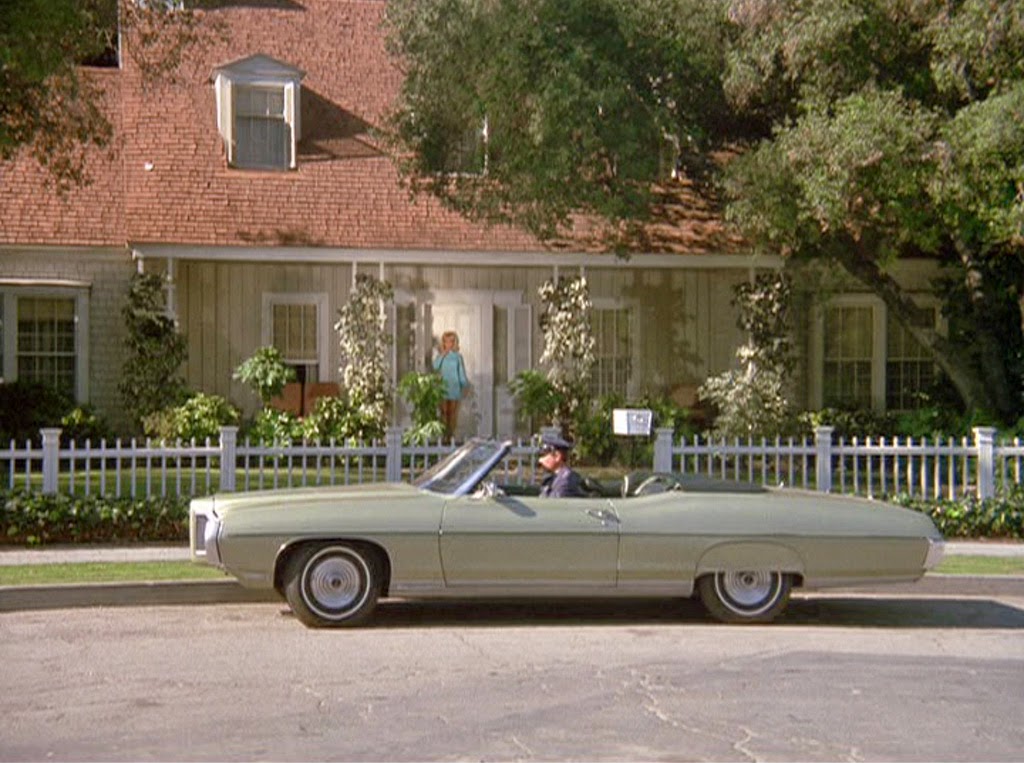Before I started this blog there have been times, such as during interviews or in social situations, where I have been asked if I have any hobbies. And my standard answer was usually “golf and tennis.”
It was an honest answer but I did not say anything about watching television – not because I was ashamed of it, but because I wasn’t certain if doing so qualifies as a hobby.
According to Webster (the dictionary, not Emmanuel Lewis) a hobby is “something that a person likes to do in his spare time.” Watching old TV shows certainly meets that minimal standard, but I am not sure that definition really goes far enough.
Engaging in a hobby should mean that you are “doing” something, like playing a sport or going to museums. Or that you are engaged in an activity that is creative or educational or goal-oriented, such as painting, cooking or crochet, or collecting something like stamps or coins or Mego Kristy McNichol action figures (just me on that last one? Ok).
When watching television, one could argue it’s not really about doing something as much as having something done to you. You’re taking in creative material from a stationary position, while making no contribution to it or embellishing it in any way. If watching TV is a hobby, so is listening to the radio in your car while you’re driving.
However, perhaps some distinction can be made between watching passively for relaxation, and selecting and viewing classic programs with a purpose.
There are times when it’s sufficient to relax on the couch, flip indiscriminately between channels, and let whatever program you land on wash over you, as you put your mind in neutral to decompress after a long work day.
Sometimes I do that too, but most of my evenings of classic TV viewing require advance planning. I choose specific episodes of certain series based on what I’m in the mood for, or if I’m looking to spend a couple of hours in the company of a particular actor or the work of a specific writer.
For instance, when baseball season began a few weeks ago, I enjoyed an evening watching these shows:
“Lucy and the Little League” (The Lucy Show)
One of the series’ best first-season episodes, with a message about overzealous little league parents that resonates as much today as it did 51(!) years ago.
“Leo Durocher Meets Mr. Ed” (Mr. Ed)
Featuring Hall-of-Fame Los Angeles Dodger legends Leo Durocher, Sandy Koufax, Vin Scully, and the unforgettable image of a horse sliding into home plate.
“The Dropout” (The Brady Bunch)
In which pitcher Greg Brady decides school is no longer important, after Dodger great Don Drysdale praises his curveball. The final scene with Barry Williams and Robert Reed is one of the more touching father-son moments on the series.
“The Mess of Adrian Lissinger” (Get Smart)
Guest-star Pat Paulsen plays Ace Weems, who murders the members of the CONTROL softball team. “They were always throwing balls at me,” he tells Max, who replies, “But Ace, you were the catcher!”
“Take Me Out of the Ballgame” (Family Affair)
Jody’s dreams of joining the neighborhood stickball team are dashed by lack of talent, but Buffy proves to be a natural.
I think there’s some creativity involved in scheduling nights like this.
If I sound a little defensive it’s because those with a connoisseur’s appreciation for classic movies never face this type of scrutiny. Older movies are celebrated as a window into how people lived in different times and places. They have messages inherent in the narrative, and a subtext that reflects a social or political perspective – sometimes, one that was not intended.
The same can be said for television shows – good television shows, anyway. Beyond their entertainment value I’ve learned something from almost every series I valued enough to collect on DVD – including some shows perceived only as weightless fluff.
So upon further review, I think television can qualify as a hobby, and from now on I will add it to my list of responses. Though at this point, it is probably no longer necessary to do so.
















































































